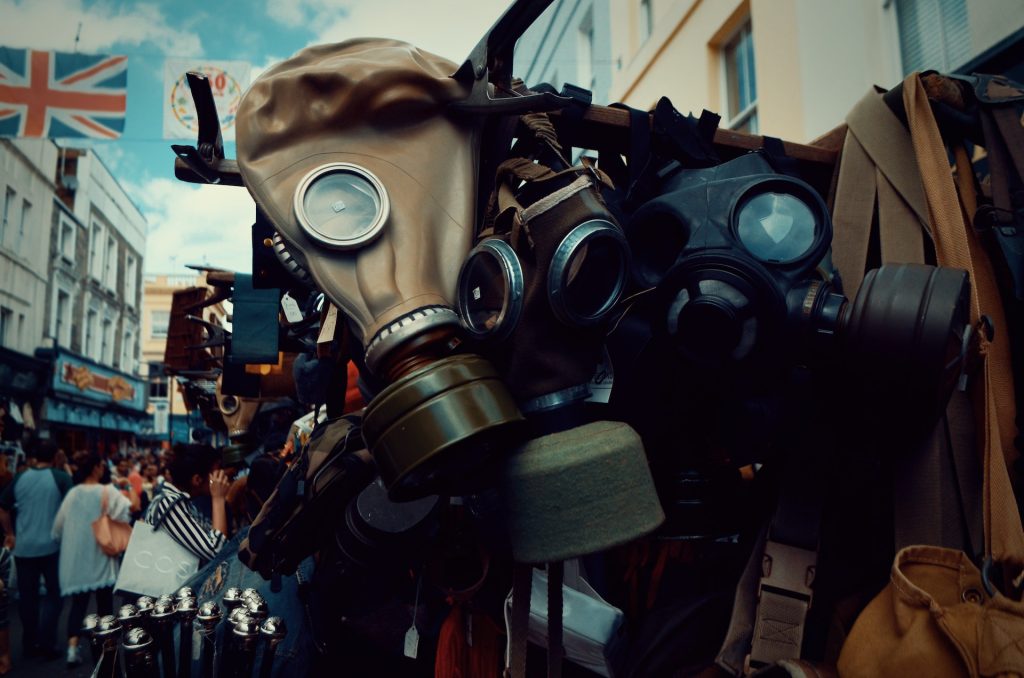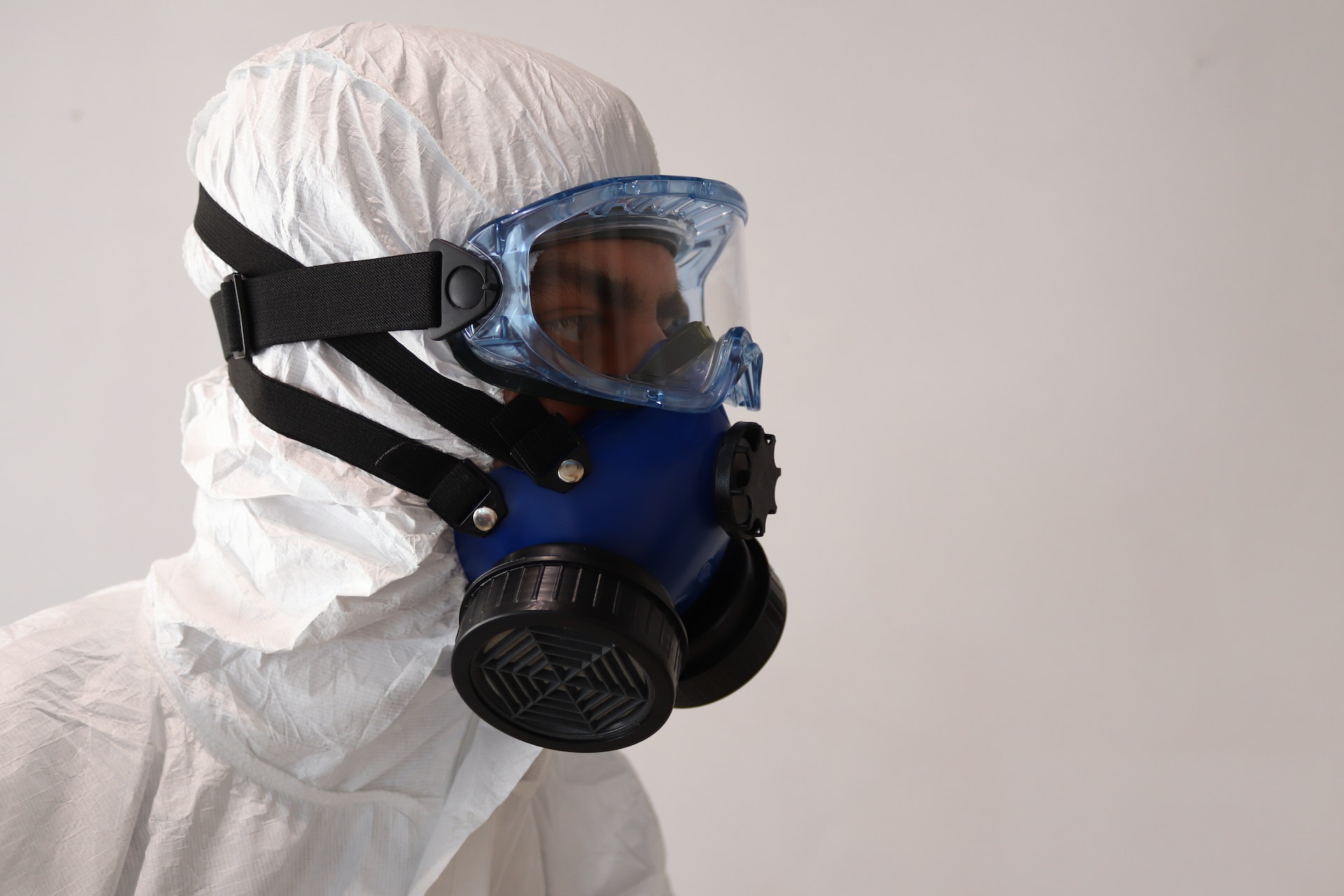Do you know what to do if disaster strikes? Many people assume they do, only to learn they were wrong. Every person should know the following steps to increase their safety in any situation.
Staying Informed
Sign up for local alerts. These alerts warn of local disasters and dangerous weather conditions. Follow instructions from local emergency officials.
Securing Homes and Structures
Pay attention to weather forecasts. Prepare beforehand when they are calling for a hurricane, tornado, or severe storm. Install shutters to protect windows. Secure loose rain gutters and shutters. Bring inside any furniture, plants, or decor outside or on balconies that could blow around and damage property or injure people. Reinforce garage doors and properly vented doors so pressure does not build up and cause unnecessary damage. Turn off propane tanks. Unplug electrical equipment and appliances to avoid damage from power surges.
Sheltering or Evacuating
Pay attention to orders from emergency officials regarding whether residents should shelter in place or evacuate. Sheltering involves remaining indoors, usually in an interior room of a sturdy building, during a disaster event. Select a ground-floor room in your home with no windows to shelter. Evacuating means leaving an area at risk to go somewhere safer, such as a nearby community centre, school, or city outside the impacted area. Look into having a MIRA Safety gas mask on hand for clean air to breathe in an emergency. Consider personal risk factors when deciding whether to evacuate or shelter. Elderly residents, people needing medical care or prescriptions, and families with infants and children should more often evacuate rather than risk riding out the disaster at home. If they cannot, the gas mask becomes of great help.

Power or Utilities Outages
It is common for disasters to knock out power or other utilities like water in impacted areas. Only use generators outdoors away from structures. Never use grills, gas stoves, or portable generators inside homes or garages due to carbon monoxide poisoning risks. Monitor freezer and refrigerator temperatures and consume perishable foods first if there are extended power outages. If water lines lose pressure or sewage backs up due to outages, avoid using toilets and tap water for handwashing until official’s state water is safe. Use alcohol-based hand sanitizer or bottled water to stay hygienic and prevent illness. Never approach or touch downed power lines or objects in contact with lines.
Traveling or Driving
Avoid traveling or driving during severe storms and other hazardous conditions. If driving during heavy rain, watch carefully for floods over roads. Turn around instead of attempting to cross flooded streets which could stall vehicles. Slow down and leave plenty of distance between other vehicles. Traffic signals and street lights often go out. Proceed carefully through intersections as if all directions have stop signs. If visibility is poor due to heavy rain or wind-blown debris, pull safely to the roadside and wait for conditions to improve before attempting to drive. Never drive through flooded areas. If cars become disabled or stuck due to flooding, occupants should immediately evacuate the vehicle to higher ground. Swiftly moving water can overturn vehicles and carry them away in just two feet of flooding.
The most important thing is listening to guidance from emergency officials. Their top priorities are keeping people safe amidst disaster events. Follow evacuation orders promptly, take steps to secure property to prevent damage where possible, and avoid hazardous situations like flooded roads that put lives at risk. Paying attention to updated weather reports and being prepared with emergency kits and a written plan can help everyone stay safer if disasters strike.

